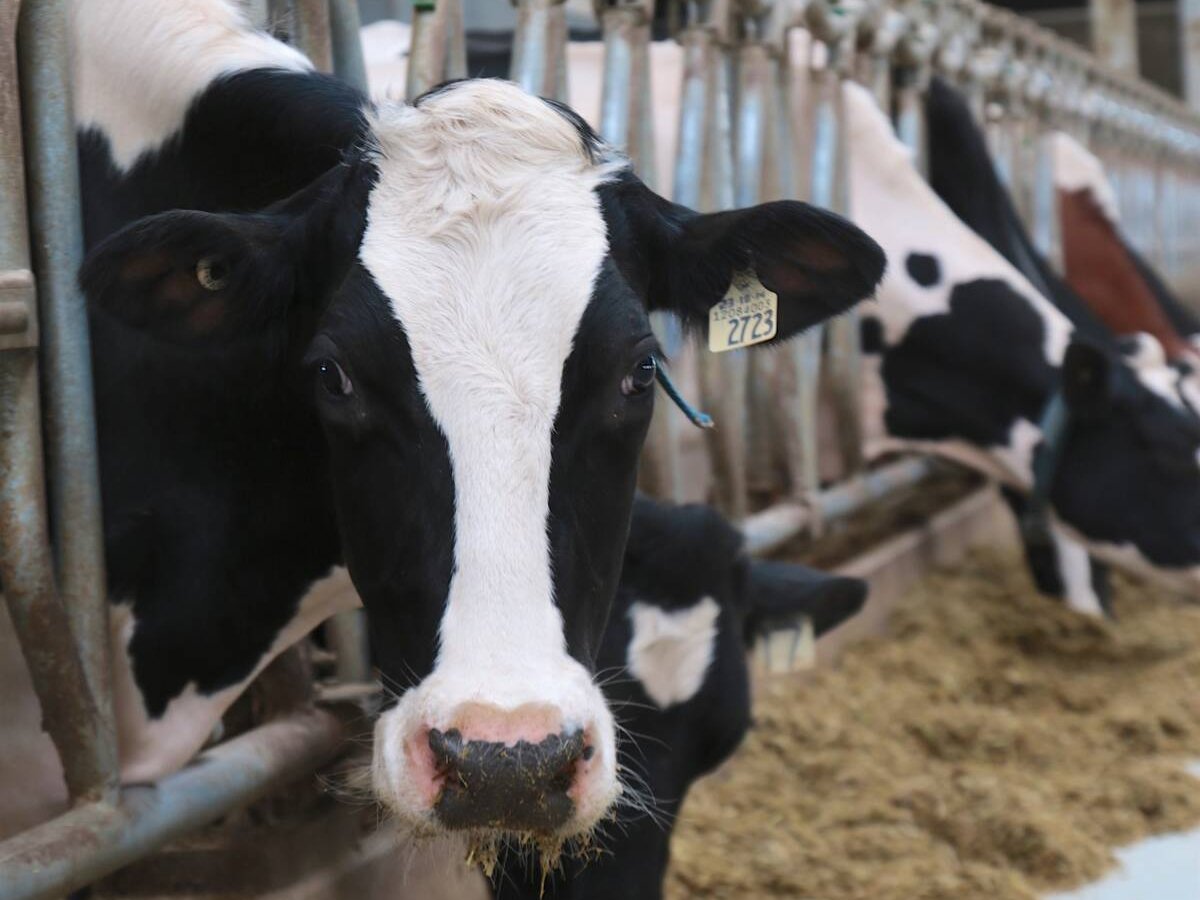It’s not a summer that Ed Tyrchniewicz, John Whitaker and Nick Carter will remember for its golfing or fishing.
Rather, the summer of 2000 will go down as the year of the hog for the three men, appointed by the Manitoba government to find out what people think of livestock expansion.
By this week, they will have spent about 60 hours of prime summer days sitting behind tables in community halls and conference rooms around the province.
They will have received 10- to 20-minute snapshots of opinion from about 200 people.
Read Also

The Organization for Economic Co-operation and Development lauds Canada’s low farm subsidies, criticizes supply management
The Organization for Economic Co-operation and Development lauded Canada’s low farm subsidies, criticized supply management in its global survey of farm support programs.
For many, it is an article of faith that livestock farmers are expanding responsibly, and the expansion is good for the province.
But others fervently believe the industry is polluting the province.
When the men took on this job in June, they planned to spend six hours at six locations in the province. But at Brandon, Winnipeg and Steinbach, they were held over by popular demand.
Chair Ed Tyrchniewicz said they hope to develop new policies, guidelines or regulations that will ensure expansion is economically, environmentally and socially viable.
The panel will make recommendations in the fall to ministers of agriculture, conservation and intergovernmental affairs.
“Will we satisfy everybody? I suppose, in two words: hell no,” he said.
Many of the 200 presentations went over some well-travelled ground, acknowledged Tyrchniewicz, an agricultural economist with the University of Manitoba.
“It would be easy to say, we’ve heard this all before.”
But part of the role of the panel is to give people the chance to express their opinions, and listen respectfully.
Tyrchniewicz said some common themes have emerged from the presentations.
For the most part, he thinks people are satisfied with current livestock regulations, but they have differing views on how well the government monitors and enforces the rules.
The political decision-making process on locating hog barns has also been under scrutiny, said Tyrchniewicz.
Now, the panel will start to try to fill in the gaps in their knowledge, he said.
They want to get a firm handle on the latest developments in manure management research, visit operations to see first-hand what’s new, and travel to Saskatchewan and Alberta to find out how expansion is managed there.
Whitaker said he is concerned about finding the “true facts” about the impact livestock has had on Manitoba water and soil.
“I like to see numbers to back up what people claim.”
During question periods after presentations, the cattle producer and former municipal councilor from Erickson, Man., revealed his environmental sensibilities.
Whitaker told one presenter he prefers small livestock operations better than large ones, but acknowledged global market realities pressure farm sizes to increase.
Whitaker said he thinks some people initially viewed the panel as a rubber-stamp for the government’s vision of livestock expansion.
But he believes the panel helped change that cynicism during the meetings.
At the outset, Whitaker said he was concerned the panel would hear only from the pork industry, noting a well-organized strategy by the Manitoba Pork Council to get its members out to meetings.
But he said he was pleased to see more diversity in speakers during subsequent meetings.














